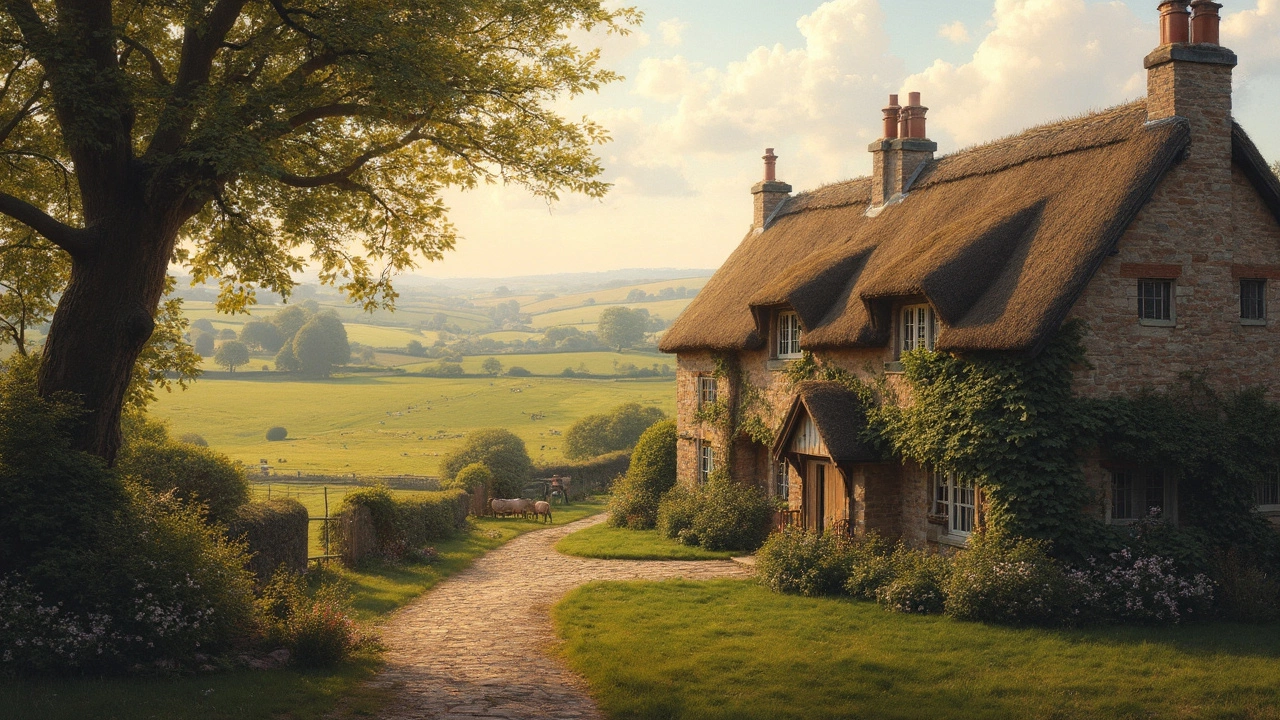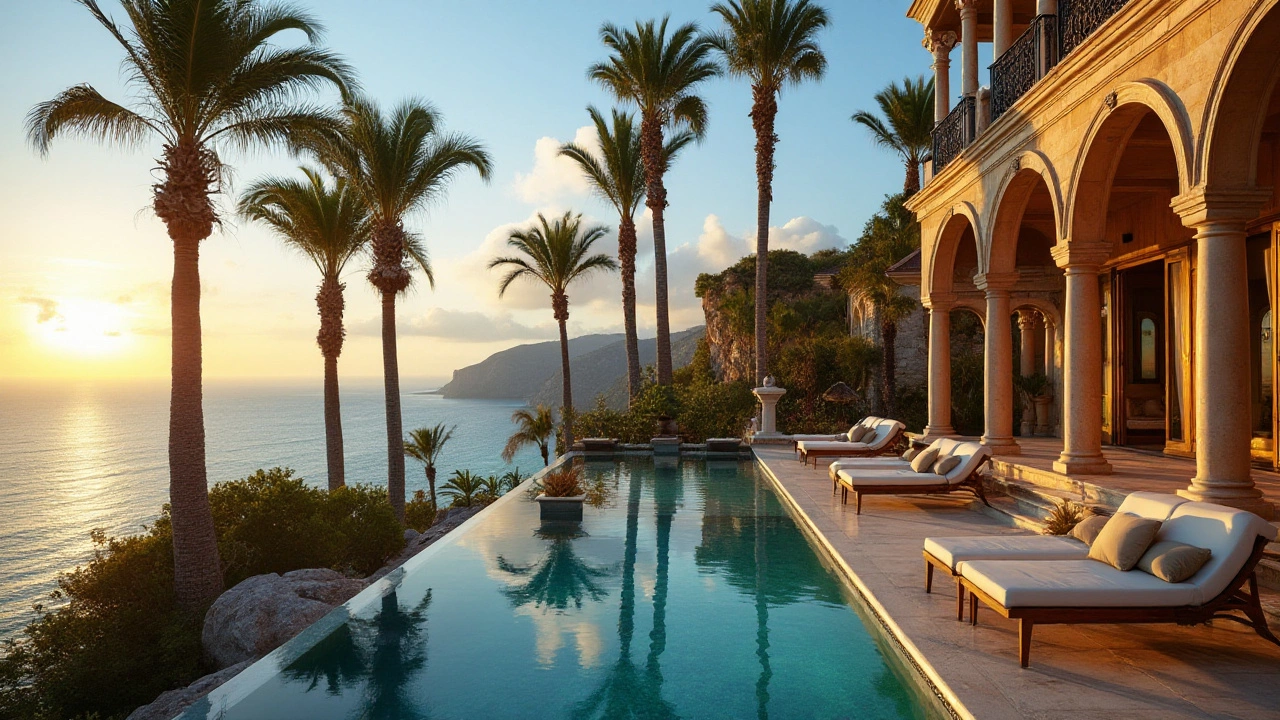
Home Styles: Quick Guide to Eco Homes, Yurts, Glamping Cottages and Tiny Houses
Looking for a new place to live or just curious about different housing options? You’re not alone. More people are swapping traditional houses for styles that match their budget, lifestyle, and love for the environment. Below you’ll find the basics of the most talked‑about home styles, plus real‑world tips to help you decide.
Eco Homes: Green Living Without the Guesswork
Eco homes are built to use less energy, water, and material. Think triple‑glazed windows, good insulation, solar panels, and sustainable timber. The upfront cost can be higher, but lower utility bills and tax breaks often balance it out. Look for certifications like Passivhaus or BREEAM to know you’re getting a genuine green build.
When you’re scouting a plot, ask the builder about the source of their timber and whether they recycle construction waste. Small changes—like a heat‑recovery ventilator—can cut heating costs by up to 30%.
Yurts, Glamping Cottages and Tiny Houses: Compact Yet Comfortable
Yurts are round, canvas‑covered structures that originated with nomadic cultures. Modern versions add wooden frames, insulation, and even heated floors. They’re great for a weekend getaway or a permanent low‑maintenance home if you love a simple, open‑plan feel.
Glamping cottages blend the outdoors with hotel‑level comforts. Expect a solid roof, proper plumbing, and stylish interior design—all set in a natural setting. They’re perfect for people who want a vacation vibe year‑round without sacrificing privacy.
Tiny houses are usually under 400 sq ft and sit on wheels or a small foundation. They force you to prioritize space, which can be freeing. Many tiny‑house owners install smart storage, fold‑away furniture, and compact appliances to make the most of every inch.
Choosing between these compact options often comes down to how permanent you want your setup to be. Yurts and glamping cottages can be semi‑permanent, while a tiny house on wheels lets you move whenever you feel like a change of scenery.
Before you buy, check local zoning laws. Some areas treat a tiny house as a trailer, while others require a traditional building permit. Knowing the rules early saves money and headaches.
All these styles share a common theme: they’re designed for flexibility, lower costs, and a smaller environmental footprint. They also let you create a home that truly reflects your personality, whether that’s a sleek solar‑powered eco house or a cozy yurt under the stars.
Ready to explore further? Start by listing what matters most to you—energy efficiency, mobility, or a rustic vibe. Then match those priorities with the style that ticks the most boxes. The right home style can make everyday life feel more intentional and enjoyable.

